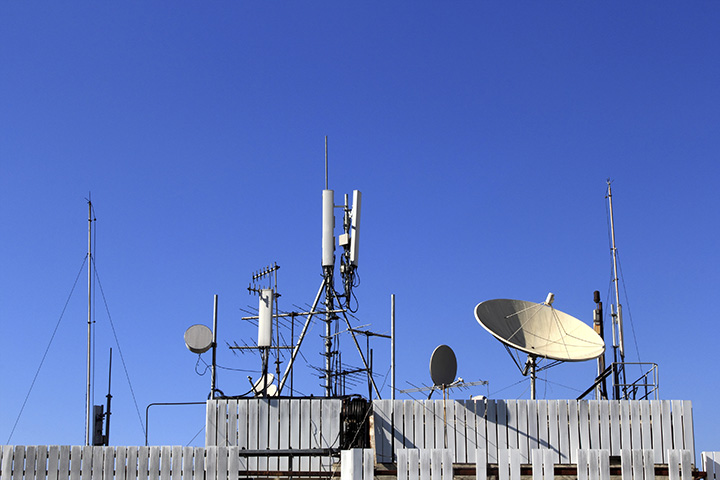Modern Co-Site RF Interference Issues and Mitigation Techniques

RF co-site interference has been around since the advent of wireless communications equipment and the problem is getting worse as the need for new RF/Microwave communication systems grow. It is not uncommon to find ten or more individual wireless systems installed within close proximity of one another on a single
Ben Culver, President of Southwest Antennas, has written a white paper from a practical perspective for those using or specifying new RF wireless systems about what RF co-site interference is, where it comes from and some of the most common techniques and tools that are available in today’s marketplace to solve these RF co-site interference problems. His paper does not delve into the math and science behind this RF co-site interference phenomenon but serves as a general educational guide to business professionals, marketers, and technical staff who are involved with the installation and use of these RF wireless systems. Download White Paper
Introduction to RF Co-Site Interference
RF co-site interference occurs when two or more co-located RF systems affect one another negatively. This normally occurs when two or more RF systems are operating physically close to one another (within several feet to hundreds of feet) and they are operating in such a way that one of the system transmitters negatively impacts one or more system receivers.
Chasing and resolving these RF co-site interference problems often becomes a “reactive” endeavor instead of a “pro-active” exercise.
When considering or discussing the potential for RF co-site interference one should ask themselves two fundamental questions:
- Will the new RF wireless system that I am fielding potentially cause other co-located or nearby RF systems any problems?
- Will other
fielded RF wireless systems that are nearby or co-located negatively affect my new RF system?
The first step in examining the potential for RF Co-site interference is conducting a study of the specifications of the RF wireless equipment being fielded. Common questions are:
- Where am I installing this equipment and how “RF congested” is the local environment?
- Is this a fixed site or mobile application?
- What kind of antennas are being used at or near the site? Are these omni or directional antennas and what are the antenna properties and specifications?
- What is the frequency range of my RF wireless system and how close am I in both frequency and location to other RF wireless systems operating nearby?
- What transmit power level(s) is my RF wireless system transmitting and what modulation schemes am I employing?
- What is my RF wireless system’s receiver sensitivity level and what kind of RF filtering do I need?
- Does my transmitter have the ability to desensitize or jam my receiver or other collocated RF receivers that are close by?
These are but a few of the important questions to ask when fielding a new RF wireless system. The answers to these questions will help you focus on the issues at hand and will bring attention to potential weaknesses in the RF wireless system design.